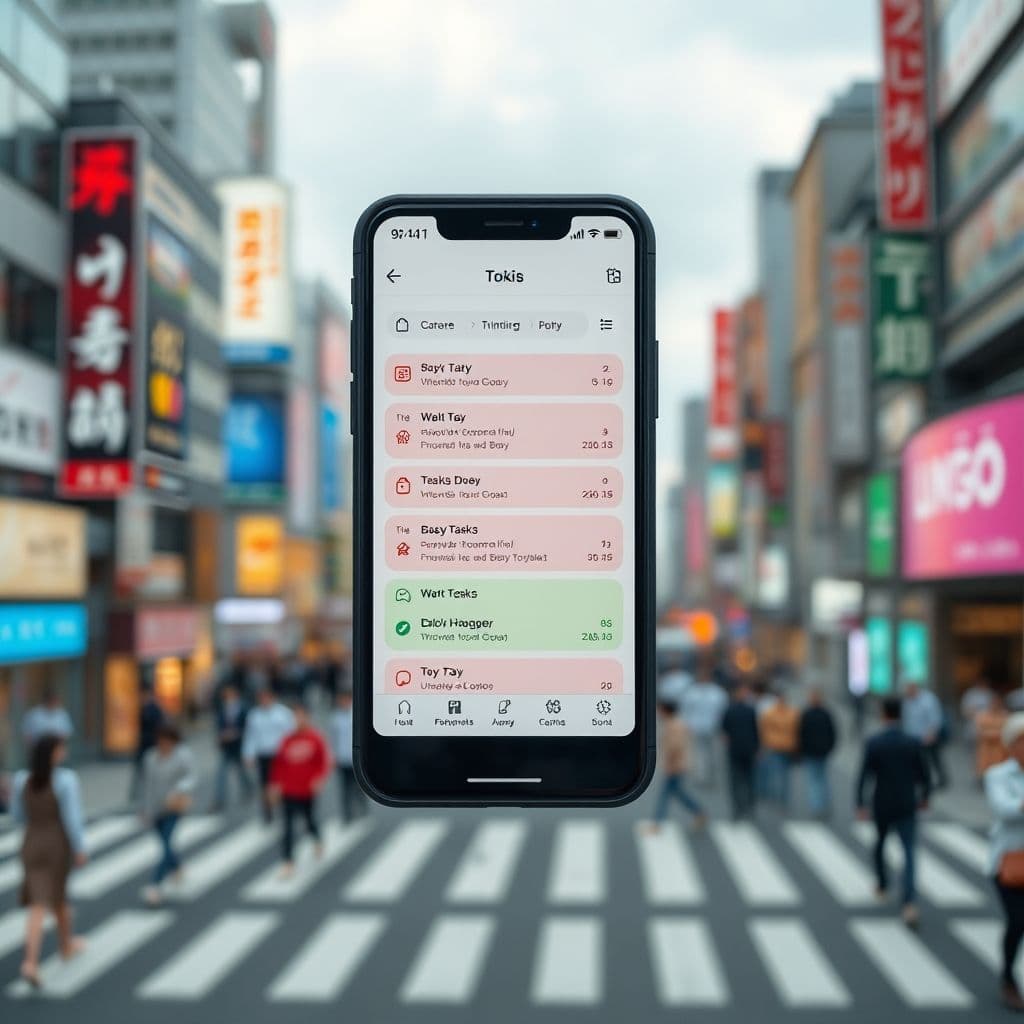Executive Dysfunction: The Hidden Struggle and a Potential SaaS Solution

Executive dysfunction is a common yet often misunderstood challenge faced by many neurodivergent individuals. It's not about laziness or lack of effort—it's a neurological condition that makes planning, organizing, and prioritizing tasks incredibly difficult. This article delves into the struggles of executive dysfunction and explores a hypothetical SaaS solution designed to help manage daily tasks more effectively.
The Problem: Causes and Consequences of Executive Dysfunction
Executive dysfunction is a core symptom of conditions like ADHD and autism. It manifests as an inability to initiate tasks, prioritize actions, and maintain consistency in daily routines. For many, this leads to overwhelming feelings of frustration and chronic procrastination. The kitchen clutter, unpaid bills, and disorganized spaces are not signs of laziness but rather the visible outcomes of a brain that struggles with executive functioning.
The impact is profound. Repeated failures to 'get things done' erode self-confidence, creating a vicious cycle of low morale and further paralysis. As one commenter put it, 'Executive dysfunction is hands down the worst part of my audhd.' The struggle is real, and traditional productivity tools often fall short because they don't address the unique needs of neurodivergent individuals.

Idea of SaaS: How It Could Work
Imagine a task management platform specifically designed for individuals with executive dysfunction. This hypothetical SaaS solution would integrate gamified task completion, gentle reminders, and visual organizational aids to simplify daily responsibilities. Unlike traditional to-do lists, this tool would break tasks into micro-actions, making them less daunting and more achievable.
Key features could include: 1) Visual task boards with color-coded priorities, 2) Gentle, non-intrusive reminders that adapt to the user's rhythm, 3) Gamification elements like streaks and rewards to build momentum, and 4) Pre-built templates for common tasks like cleaning or paying bills. The platform would also offer a 'start small' mode, encouraging users to tackle just one tiny task to build confidence.

Potential Use Cases
This tool could help in various scenarios: A person with ADHD struggling to keep their kitchen clean might use the app's '5-minute cleanup' mode. Someone autistic facing tax deadline anxiety could benefit from the step-by-step breakdown feature. The visual triggers and gentle reminders could bridge the gap between intention and action that so many neurodivergent individuals experience.
For those who excel at work but struggle at home, the app could offer different 'modes' for different environments. The gamification aspects might particularly appeal to younger users or those who respond well to immediate feedback. As one commenter noted, 'The only way to clean is by picking up after yourself every single time'—this app could make that daunting prospect more manageable.
Conclusion
Executive dysfunction presents real challenges, but innovative solutions tailored to neurodivergent needs could make a significant difference. While this SaaS idea remains hypothetical, it highlights the potential for technology to address specific pain points in the neurodivergent community. By focusing on small wins, visual organization, and gentle motivation, such a tool could help rebuild the confidence and momentum that executive dysfunction often erodes.
Frequently Asked Questions
- How is executive dysfunction different from regular procrastination?
- Executive dysfunction is a neurological condition affecting the brain's ability to plan, organize, and initiate tasks. Unlike procrastination which is often voluntary, executive dysfunction involves a genuine struggle to start or complete tasks despite wanting to.
- Would this SaaS tool replace therapy or medication for executive dysfunction?
- No, this would be a complementary tool, not a replacement for professional treatment. It could work alongside therapy and medication as part of a comprehensive management strategy.
- What makes this different from existing productivity apps?
- Traditional apps often assume neurotypical executive functioning. This hypothetical tool would be designed specifically for neurodivergent cognition, with features like micro-tasking, visual organization, and gentle, adaptive reminders.


